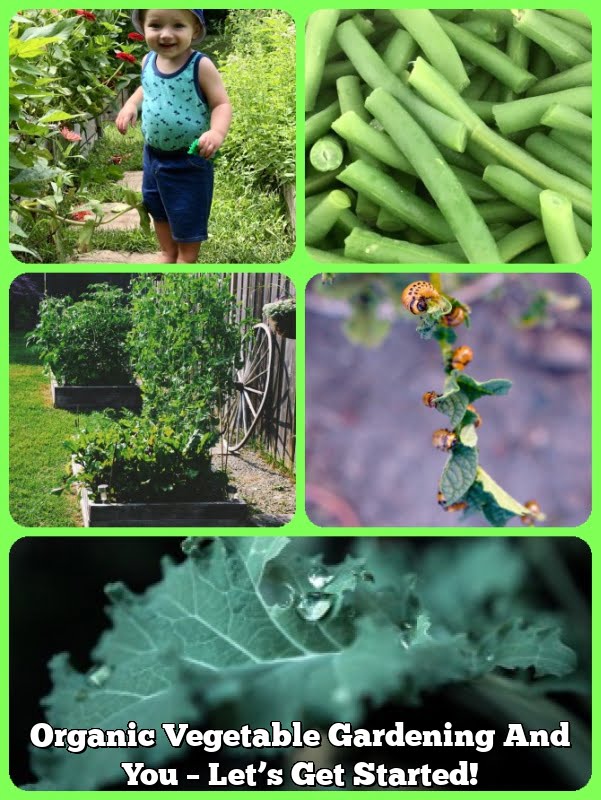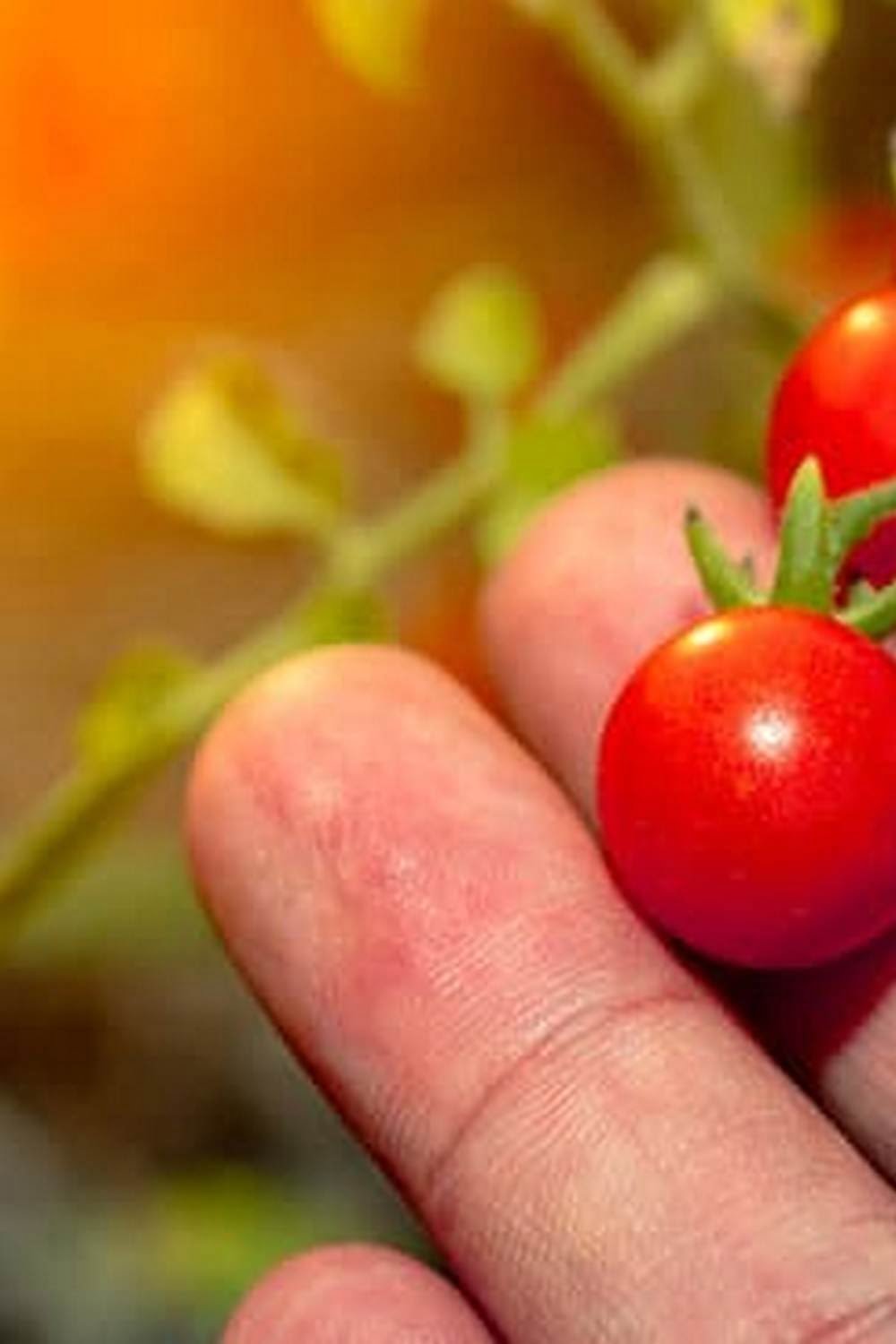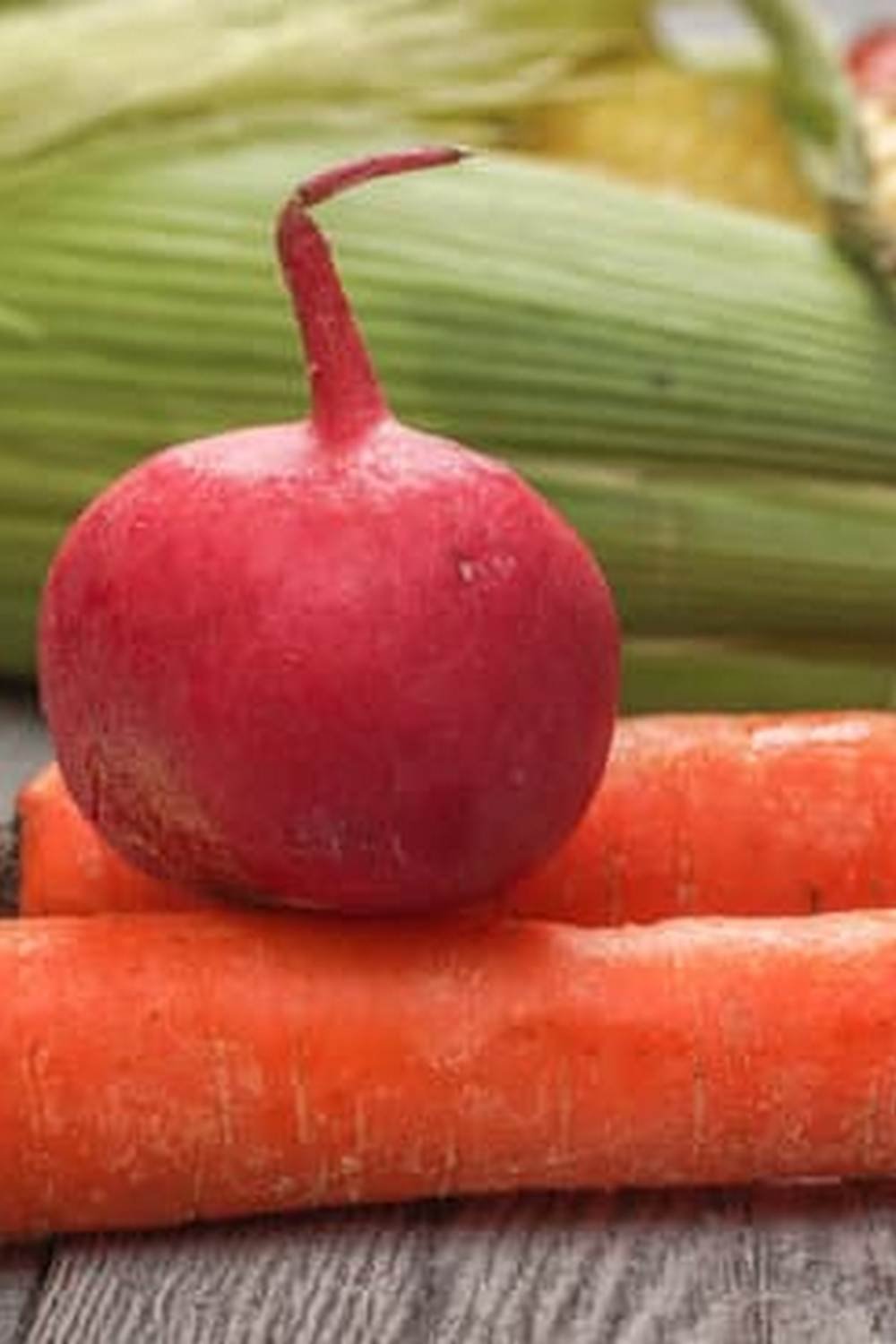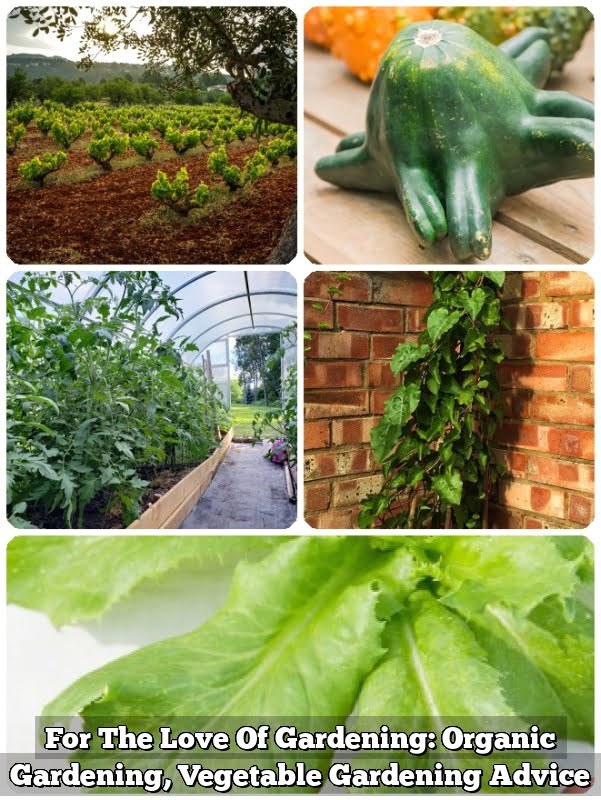Are you interested in learning how to get started with vegetable gardening? Whether you have a green thumb or are completely new to gardening, growing your own vegetables can be a rewarding and sustainable hobby. In this article, we will guide you through the process of starting your very own vegetable garden, from selecting the right location to planting and caring for your crops.
There are numerous benefits to growing your own vegetables, including having access to fresh and organic produce, saving money on groceries, and reducing your carbon footprint by minimizing the distance your food travels from farm to table. Additionally, gardening has been shown to reduce stress, promote physical activity, and provide a sense of accomplishment.
One of the first steps in getting started with vegetable gardening is choosing the right location for your garden. The success of your garden will depend on factors such as sunlight, soil quality, and access to water. Once you have selected a suitable spot for your garden, understanding the different types of garden beds and essential tools and supplies will be crucial in laying the groundwork for a successful harvest.
Benefits of Growing Your Own Vegetables
Whether you are a seasoned gardener or just starting out, growing your own vegetables has numerous benefits that can greatly enhance your life. Here are some of the key benefits of cultivating your own vegetable garden:
- Access to fresh and high-quality produce: By growing your own vegetables, you have access to fresh, organic produce right in your backyard. This means you can enjoy the taste and nutritional benefits of freshly harvested vegetables.
- Cost-effectiveness: Growing your own vegetables can help save money on grocery bills. With proper planning and care, a vegetable garden can provide a bountiful harvest throughout the growing season.
- Sustainable living: Vegetable gardening promotes sustainability by reducing reliance on store-bought produce that is often shipped long distances and packaged in plastic. It also allows you to control the methods used for cultivation, such as organic practices or minimal pesticide use.
In addition to these benefits, gardening has been known to have positive effects on mental health by providing a calming and therapeutic outlet for stress relief. Furthermore, it fosters a sense of accomplishment and connection with nature. Whether you have limited space in an urban setting or ample land in a rural area, vegetable gardening offers an array of benefits that make it a rewarding and fulfilling endeavor for individuals of all ages.
Choosing the Right Location for Your Vegetable Garden
When it comes to vegetable gardening, one of the most crucial factors for success is choosing the right location for your garden. Here are some key considerations to keep in mind when selecting the perfect spot for your vegetable garden:
1. Sunlight: Most vegetables need at least 6-8 hours of sunlight each day to thrive. Choose a location that receives ample sunlight, especially during the growing season.
2. Soil Quality: The quality of your soil is another important factor to consider. Look for a location with well-draining, fertile soil. Consider conducting a soil test to assess its pH level and nutrient content.
3. Proximity to Water: It’s essential to have easy access to water for irrigating your vegetable garden. Choose a location that is close to a water source, such as a hose or irrigation system.
4. Protection from Wind: While some airflow is beneficial for preventing diseases, excessive wind can be damaging to plants. Consider locating your vegetable garden in an area that provides some protection from strong winds.
5. Space and Accessibility: Ensure that the chosen location provides enough space for your vegetable garden and is easily accessible for planting, weeding, and harvesting.
By carefully considering these factors, you can choose the right location for your vegetable garden and set yourself up for a successful growing season. Taking the time to select the best spot will ultimately make it easier to care for your plants and enjoy a bountiful harvest of fresh, homegrown vegetables.
Understanding Different Types of Vegetable Garden Beds
When it comes to starting a vegetable garden, one of the key decisions is choosing the right type of garden bed. There are several different options to consider, each with its own advantages and disadvantages. Understanding the different types of vegetable garden beds can help you make an informed decision about which one is best for your gardening needs.
Raised Garden Beds
One popular option for vegetable gardening is raised garden beds. These are typically constructed from wood, stone, or composite materials and are elevated from the ground. Raised garden beds offer several benefits, including better soil drainage, improved pest control, and reduced bending and stooping for gardeners. They are also ideal for small spaces and can be easier to maintain than traditional in-ground gardens.
Container Gardens
For those with limited outdoor space or poor soil quality, container gardens can be a great alternative. Container gardens allow you to grow vegetables in pots, hanging baskets, or other containers on patios, balconies, or even indoors. This type of garden bed offers flexibility and mobility, making it easy to rearrange your plants as needed. However, it’s important to choose containers that provide adequate space for root growth and proper drainage to prevent waterlogged soil.
In-Ground Garden Beds
Traditional in-ground garden beds remain a popular choice for many vegetable gardeners. These beds are typically created by tilling and amending the existing soil in an open area of your yard. While in-ground gardens require more initial effort to prepare the soil, they offer plenty of space for large crops and may require less frequent watering than raised or container gardens.
Understanding the pros and cons of each type of vegetable garden bed can help you make an informed decision based on your available space, gardening preferences, and specific plant needs. Whether you opt for raised beds, container gardens, or in-ground plots will depend on what works best for you as a gardener.
Essential Tools and Supplies for Vegetable Gardening
When starting your own vegetable garden, it is essential to have the right tools and supplies to ensure a successful and enjoyable gardening experience. Some of the basic tools you will need include a hand trowel, a garden rake, pruning shears, a watering can or hose, gloves, and a wheelbarrow for transporting soil, compost, and plants.
In addition to tools, having the right supplies is crucial for maintaining your vegetable garden. These supplies may include different types of organic or synthetic fertilizers, compost or mulch for improving soil quality, plant supports such as trellises or cages, and pest control solutions like neem oil or insecticidal soap.
Investing in good-quality tools and supplies from the start will not only make gardening more efficient but will also increase the overall health and productivity of your vegetable garden. Lastly, proper storage for all your tools and supplies is important to protect them from the elements and prolong their lifespan. Consider investing in a durable toolbox or garden shed to keep everything organized and easily accessible.
| Tools | Supplies |
|---|---|
| Hand trowel | Fertilizers |
| Garden rake | Compost/mulch |
| Pruning shears | Pest control solutions |
Selecting the Best Vegetables to Grow for Beginners
Consider Easy-to-Grow Vegetables
When first starting out with vegetable gardening, it’s important to choose vegetables that are relatively easy to grow. Some beginner-friendly options include tomatoes, green beans, lettuce, and zucchini. These vegetables tend to be low-maintenance and have a good chance of success for those who are new to gardening.
Take Climate and Soil Into Account
Before selecting the vegetables for your garden, it’s crucial to consider your local climate and soil conditions. Some vegetables thrive in specific climates or soil types, so it’s essential to do some research on which vegetables are best suited for your area. For example, carrots and radishes prefer cooler temperatures, while peppers and eggplants thrive in warmer climates.
Think About Your Preferences
When choosing the best vegetables to grow as a beginner, it’s important to take your personal preferences into account. If you and your family enjoy eating certain vegetables, prioritize those when planning your garden.
Growing vegetables that you love will not only provide satisfaction but also encourage you to stay committed to nurturing and caring for your garden throughout the season. By considering ease of growth, climate suitability, and personal preferences, beginners can select the best vegetables for their first successful gardening experience.
Planting and Caring for Your Vegetable Garden
Once you have chosen the location and type of garden bed for your vegetable garden, it’s time to start planting and caring for your plants. The first step in this process is to prepare the soil. Make sure the soil is well-drained and rich in organic matter. Remove any weeds or debris and loosen the soil with a gardening fork or tiller.
After preparing the soil, it’s time to plant your vegetables. The spacing and depth will vary depending on the type of vegetable you are planting, so be sure to follow the instructions on the seed packet or plant label. Watering is also crucial at this stage. Most vegetables need about 1 inch of water per week, either from rainfall or irrigation. Be sure to water deeply, as this encourages deep root growth.
As your vegetables begin to grow, it’s important to care for them properly in order to maximize their yield. This includes regular watering, fertilizing, and mulching. Pay attention to any signs of pests or diseases, and take action as soon as you notice a problem. Additionally, some vegetables may require support as they grow (such as tomatoes), so be prepared to install cages or stakes if necessary.
| Vegetable | Spacing | Depth |
|---|---|---|
| Tomatoes | 18-36 inches apart | 2 feet deep |
| Lettuce | 6-18 inches apart | 1/4 inch deep |
| Zucchini | 3-4 feet apart | 1 inch deep |
Dealing With Common Vegetable Garden Pests and Diseases
Unfortunately, one of the biggest challenges for beginner vegetable gardeners is dealing with common pests and diseases that can wreak havoc on your plants. There are a variety of insects, animals, and plant diseases that can threaten the health of your vegetable garden. However, there are several strategies you can employ to minimize the risk and keep your garden thriving.
One effective method for preventing pests and diseases is to practice good garden hygiene. This includes regularly removing any diseased or infested plants, as well as keeping the area around your garden free from debris and weeds that can harbor pests. Additionally, rotating your crops each season can help prevent a buildup of pests and diseases that target specific types of vegetables.
Another approach for combating garden pests is to introduce beneficial insects into your garden. For example, ladybugs are natural predators of aphids, while parasitic wasps can control caterpillar populations. You can attract these beneficial insects by planting nectar-rich flowers like marigolds and daisies throughout your garden.
In addition to preventive measures, there are also organic pest control products available that can help manage specific pest infestations in your vegetable garden. These may include insecticidal soaps, neem oil sprays, or even diatomaceous earth for controlling crawling insects. By being proactive about managing pests and diseases in your vegetable garden, you can increase the likelihood of a bountiful harvest at the end of the season.
Harvesting and Enjoying the Fruits of Your Labor
In conclusion, starting a vegetable garden can be a rewarding and fulfilling experience for anyone willing to put in the time and effort. Not only does it provide the satisfaction of growing your own food, but it also offers numerous health and environmental benefits. By following the steps outlined in this article, beginners can successfully start their own vegetable gardens and enjoy a bountiful harvest.
Once you have planted, cared for, and maintained your vegetable garden, the time will come to reap the rewards of your hard work. Harvesting your homegrown vegetables is a gratifying experience that allows you to enjoy the fresh flavors of your produce while also saving money on grocery store purchases. Whether you are picking ripe tomatoes, crisp lettuce, or vibrant carrots, there is a sense of pride in knowing that you have nurtured these plants from seed to plate.
Finally, sharing the fruits of your labor with friends and family can further enhance the enjoyment of your homegrown vegetables. A home-cooked meal using ingredients from your garden can bring loved ones together while showcasing the delicious results of your gardening endeavors.
Not only does harvesting and enjoying the fruits of your labor provide tangible rewards, but it also fosters a deeper connection to nature and the food we consume. So go ahead, plant those seeds, tend to your garden with care, and savor every moment of harvesting and enjoying the abundance of freshly grown vegetables.
Frequently Asked Questions
How Do You Start a Vegetable Garden for Beginners?
Starting a vegetable garden for beginners involves selecting the right location with plenty of sunlight, preparing the soil by adding compost or fertilizer, and choosing easy-to-grow vegetables like tomatoes, lettuce, peppers, and zucchini. It’s important to plan the layout of the garden and ensure proper spacing between plants to allow for growth.
Regular watering and weeding are essential for a successful vegetable garden.
What Vegetables Should I Grow as a Beginner?
As a beginner, it’s best to start with easy-to-grow vegetables such as tomatoes, lettuce, carrots, radishes, bell peppers, zucchini, and green beans. These vegetables are relatively low-maintenance and can thrive in a variety of growing conditions. Starting with these options allows beginners to gain confidence and experience before moving on to more challenging plants.
What Is the Best Time to Start a Vegetable Garden?
The best time to start a vegetable garden depends on the climate and region where you live. In general, early spring is an ideal time to start preparing the soil and planting cool-season vegetables like lettuce, spinach, peas, and carrots.
For warm-season vegetables such as tomatoes, peppers, and squash, it’s best to wait until after the last frost date in your area before planting them in late spring or early summer. Planning ahead and researching the specific timing for your location will help ensure a successful vegetable garden.

If you’re looking to get into vegetable gardening, or are just looking for some tips on how to make your current garden better, then you’ve come to the right place! My name is Ethel and I have been gardening for years. In this blog, I’m going to share with you some of my best tips on how to create a successful vegetable garden.





